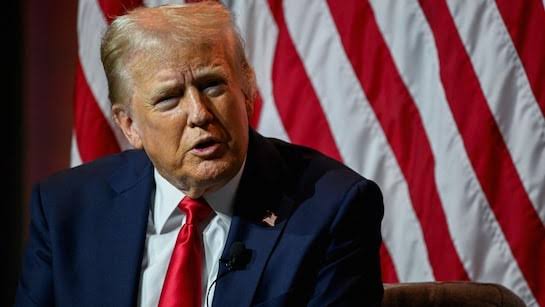In a major development that could impact global trade dynamics, the United States will impose a 25% reciprocal tariff on Indian exports beginning August 7.
The move stems from a sweeping executive order signed by President Donald Trump, titled “Further Modifying The Reciprocal Tariff Rates,” which revises duties on imports from nearly 70 countries.
India’s revised rate, initially expected to be 26%, has been adjusted to 25%, marking a strategic shift in Washington’s trade policy. While the tariffs are backdated to August 1, shipments already in transit will benefit from a grace period until August 7, and goods cleared by October 5 will be exempt.
Ajay Sahai, Director General of FIEO, welcomed the temporary relief, saying it will help exporters manage the logistical impact. However, experts like Wendy Cutler of the Asia Society Policy Institute caution that the move may jeopardise future U.S.-India trade agreements.
Trump has previously criticised India’s trade policies on his Truth Social platform, accusing the country of maintaining “obnoxious non-monetary trade barriers.” He has also expressed concerns over India’s continued purchases of Russian arms and energy, hinting at further penalties tied to geopolitical alignments.
India’s membership in BRICS and its economic partnerships with Russia have drawn fire from the Trump administration, which views such moves as threats to the dollar and global U.S. influence.
The Indian government has stated it is “examining the implications” of the new order and will take “all necessary steps to safeguard and promote national interest.”
This announcement adds fuel to the simmering tension between the two democracies, as trade policy becomes increasingly intertwined with strategic diplomacy and national security.





























